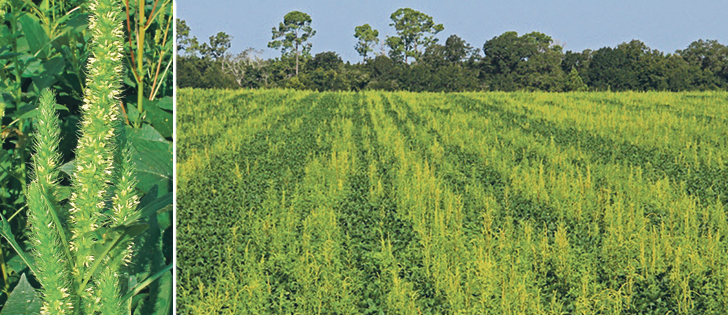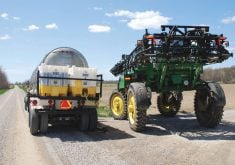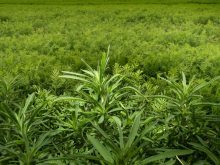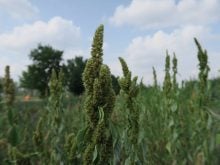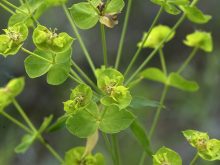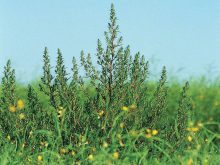While Palmer amaranth isn’t yet a problem in Western Canada, scientist says it’s a matter of time
When it comes to villains and scoundrels, it’s hard for other weeds to compete with Palmer amaranth.
The pigweed species can produce 500,000 to one million seeds per plant. It can grow five to 10 centimetres per day and herbicide resistant plants can rapidly spread the trait to other Palmer amaranth weeds.
It also has a nasty reputation.
“Palmer amaranth built its reputation on how it devastated the cotton industry in the south after the near complete reliance on glyphosate in Roundup Ready cotton,” said Bob Hartzler, Iowa State University weed scientist.
Read Also
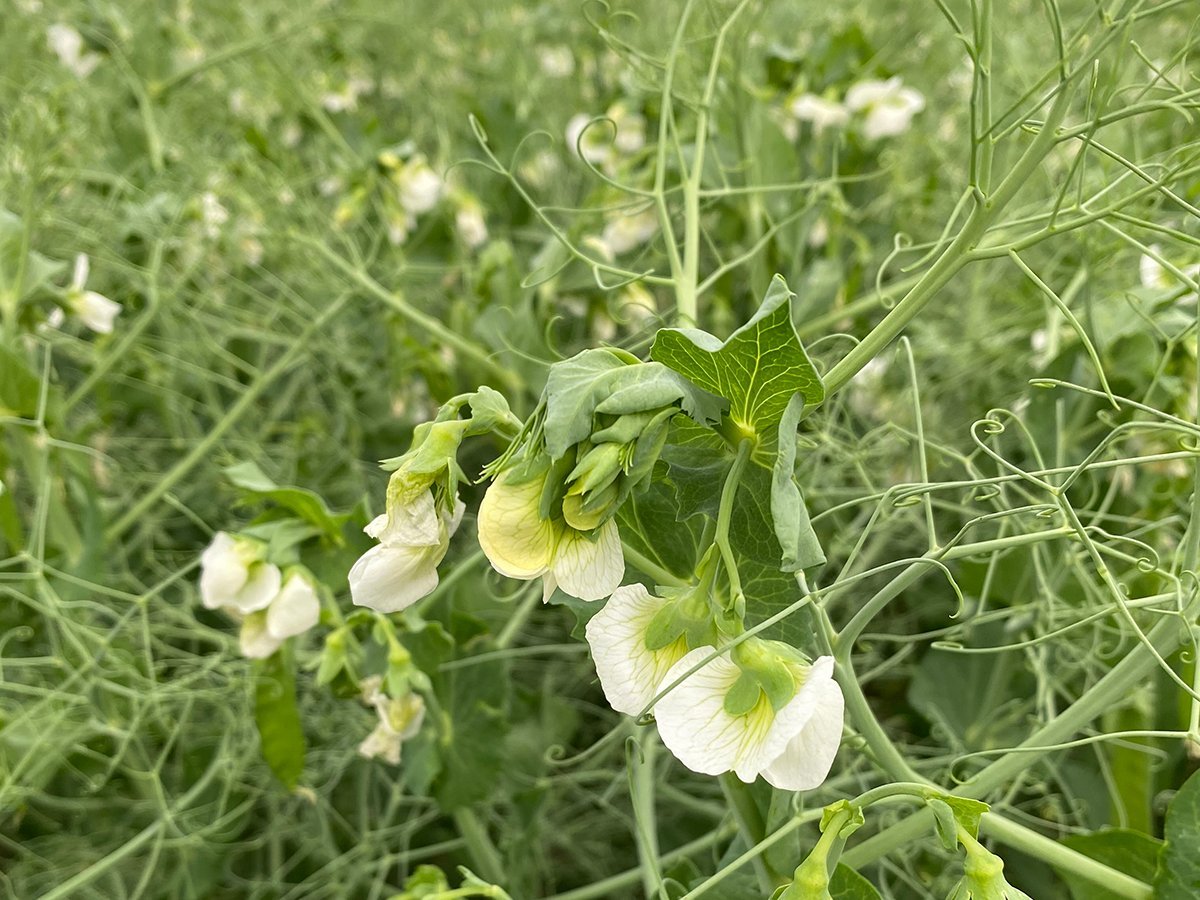
Crop quality looks good this year across Prairies
Crop quality looks real good this year, with the exception of durum.
Given its notoriety, it’s not surprising that American and Canadian weed scientists rank it as the worst weed in North America.
In late May, the Weed Science Society of America (WSSA) released the results of a survey of about 200 weed scientists from Canada and the U.S.
The experts concluded that Palmer amaranth is the most troublesome weed in broadleaf crops and in fruits and vegetables, while common lamb’s quarters was the most common weed.
“Common lamb’s quarters is widely distributed across the northern half of the United States and southern Canada,” the WSSA said in a statement. “It’s not surprising that it ranked as the most common weed in sugar beets, vegetable crops and pulse crops, such as dry edible beans, lentils and chickpeas.”
Some problematic weeds on the survey haven’t been detected in Western Canada but weed scientists say it’s just a matter of time.
Waterhemp, a weed that has developed resistance to multiple herbicides and a major headache for soybean growers in the U.S. Midwest, was discovered in Manitoba’s Red River Valley last fall.
Palmer is spreading northward and is now found in most U.S. states, including Minnesota and South Dakota.
Andrew Kniss, University of Wyoming weed scientist, said it’s inevitable that Palmer amaranth will eventually arrive in the U.S. Northern Plains and Western Canada.
“Given the biology and ecology of the various amaranth species, I see no reason that Palmer will not move into the remaining states and provinces,” he said. “Whether it will be a major weed like it is down in the south, I don’t know.”


